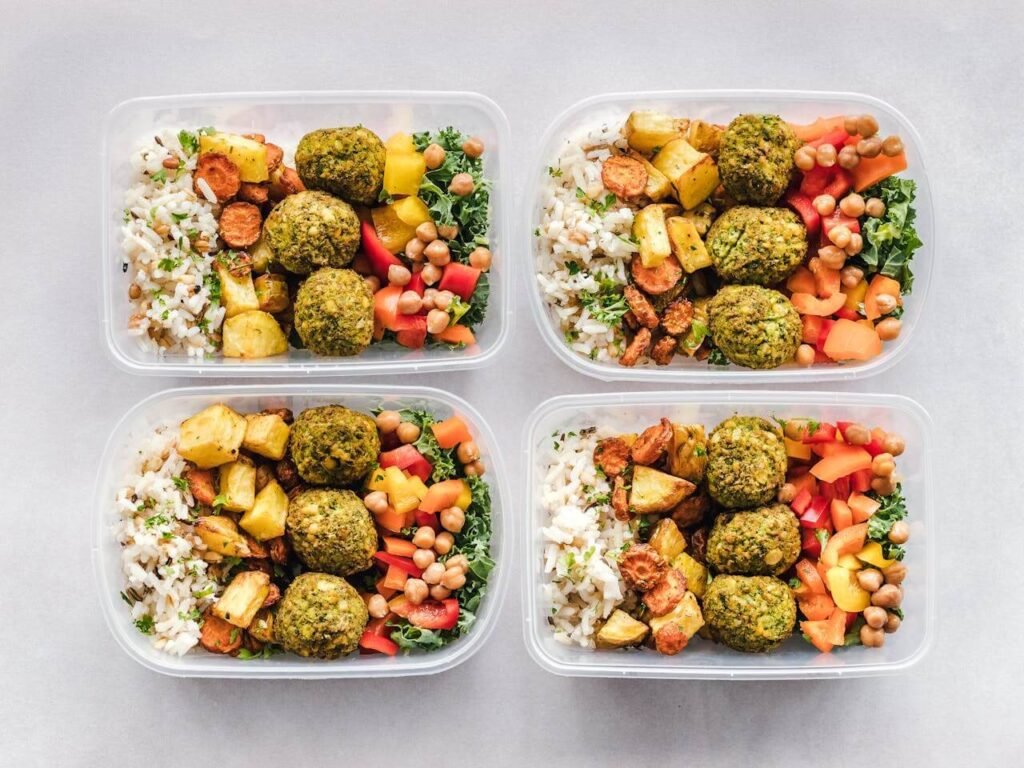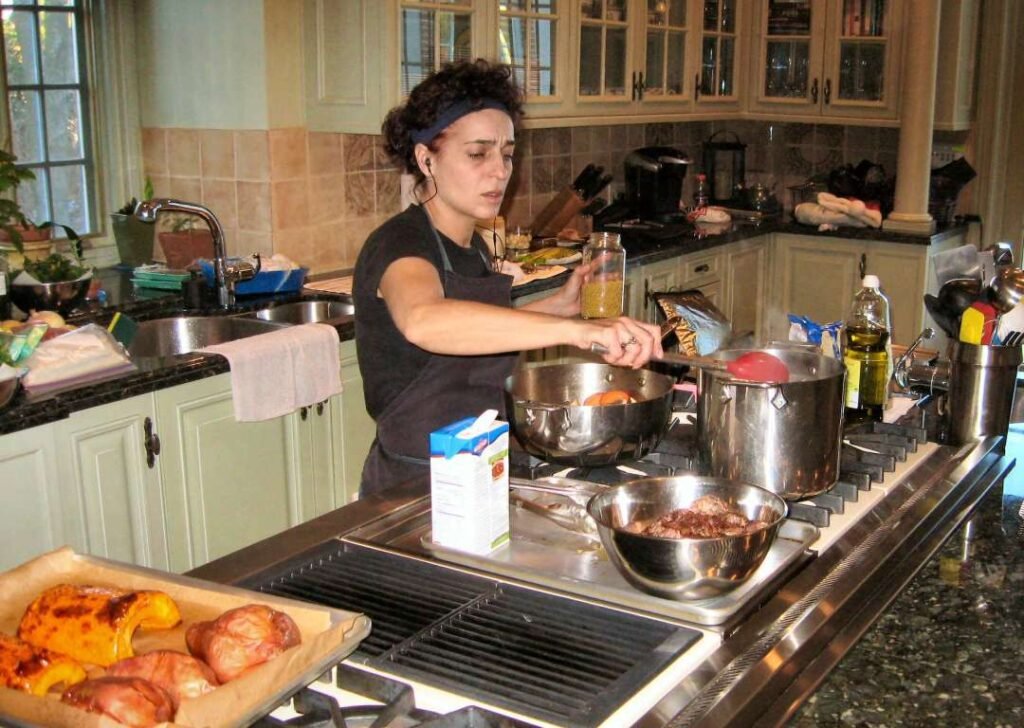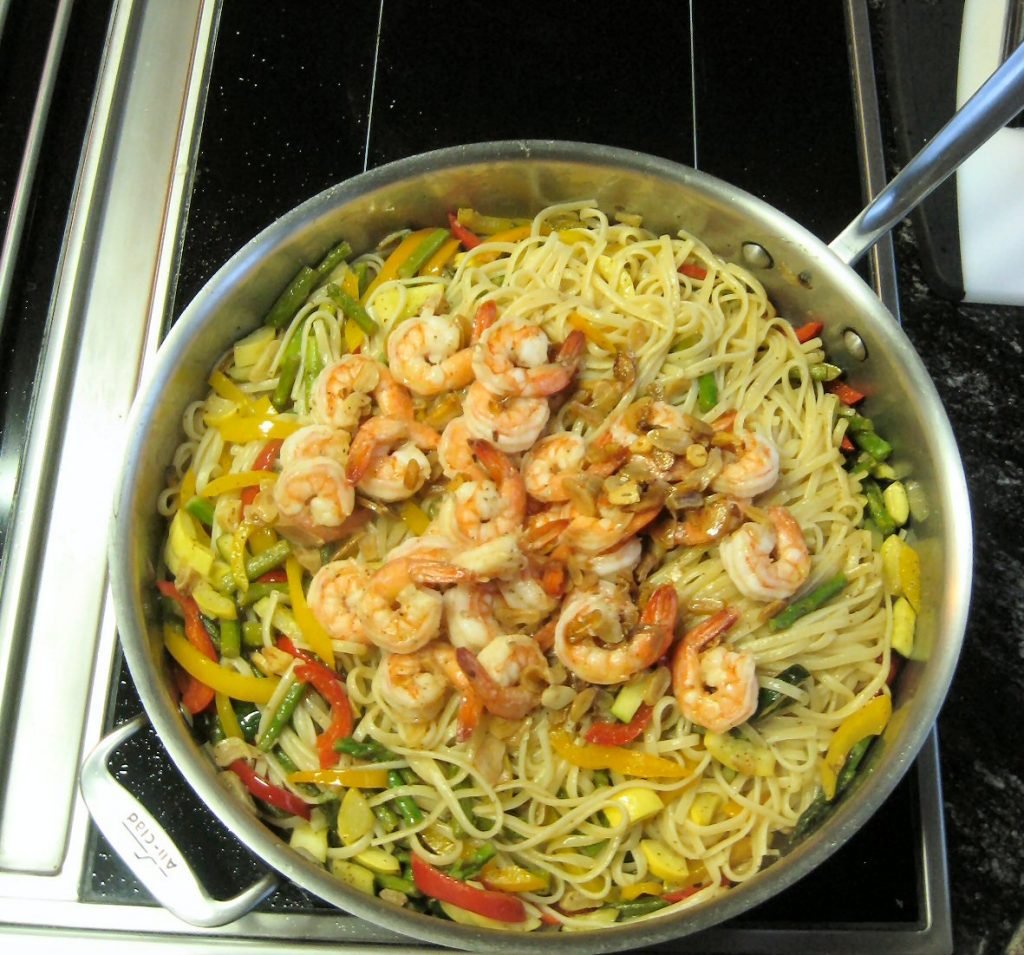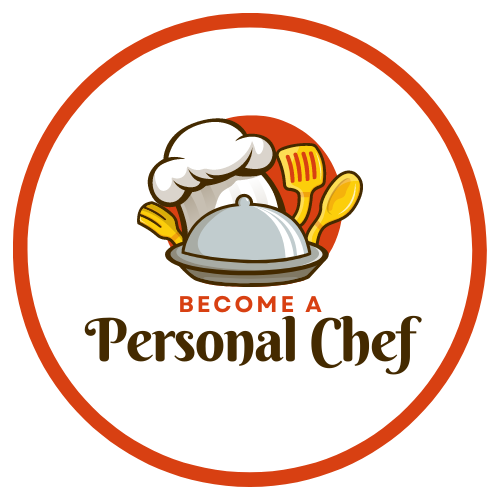Table of Contents
ToggleManaging Time Like a Pro Personal Chef
As a personal chef, your day is a dance of precision in a client’s kitchen. Balancing the flavors of exquisite dishes with the intricacies of what can often be a tightly scheduled day, has time management at its core. Whether you’re whipping up a gluten-free quiche lorraine for a health-conscious morning person or a succulent ribeye for an evening of entertaining, the clock is a constant presence.
Here, we delve into the details of managing your most precious resource in the culinary field: time.
Managing Time Like a Pro Personal Chef
Navigating through a day in the life of a personal chef is akin to controlling the many moving parts of a well-oiled machine. Your precision in the kitchen is not only about the finesse of flavors but also about ensuring that each element of your service, from preparation to packaging, falls into place seamlessly. As a personal chef, mastering the art of time management is paramount.
In this comprehensive guide, we’ll walk you through essential strategies that will transform your culinary experience into a well-orchestrated and efficient operation, ensuring that the allure of your dishes is matched by the professionalism of your service.
Importing on the Complexity of Culinary Time
The life of a personal chef is full of exacting demands. There’s more than taste and presentation to worry about. You must also ensure that meals are prepared promptly, allergies are catered to, and special dietary needs are met. This means working within the constraints of not just culinary time but personal and logistical schedules of your clients.
Time management is not just optional – it’s a recipe for success.

Setting Up for Success
Imagine you’re about to begin a week’s worth of meal preparation for a busy client. The first step is not to start cooking but to organize your kitchen for maximum efficiency. This involves:
- Ensuring all necessary ingredients are available
- Collecting and preparing cooking utensils and appliances
- Allocating space for each meal you’ll be preparing
These preparatory steps may seem mundane, but they’re essential for maintaining a steady workflow throughout the day.
The Cook’s Cadence: Managing Progression
Once the kitchen is set, it’s time to move to the most intricate part of your day – actual cooking. But before you can start searing steaks or sautéing vegetables, you must decide on the order of your recipes.
Some ingredients might need marinating, and oven times may dictate the start time.
- Plan your cooking so that you’re using oven and stovetop space efficiently.
- As one dish cooks, prepare the next’s ingredients.
- Ensure that you’re always keeping an eye on every element to avoid mishaps and missed timings.

The Swift and the Savory: Portioning and Packaging
Portioning meals correctly is as important as cooking them. It ensures that clients receive what they need, and it also sets the stage for convenient and efficient serving later on.
- Measure out ingredients according to the recipe.
- Use portioning as a chance to inspect the quality and taste of the final product before handing it over to your clients.
The Post-Plating Protocol: Clean-Up and Departure
Your day doesn’t end with the last plate prepared. A crucial part of your service is ensuring that the kitchen is left in pristine condition.
- As you’re waiting for pots to cool, start tidying up any messes.
- Clean as you go to keep order and manage the psychological impact of a cluttered work environment.
- Ensure that all packaging is handled safely and that each meal is well-labeled for identification.

Managing Time Like a Pro Personal Chef: Creating a Template for Success
Consistency is your best friend. Create a template day that you can adapt to various meal plans. This template should include detailed schedules for when to start cooking each dish and when to engage in post-cooking activities.
- Keep records of how long each part of your process takes for future reference.
- Regularly review and refine your template to incorporate any lessons learned from past experiences.
Tools of the Trade: Utilizing Technology and Technique
Modern chefs have a wealth of technology at their fingertips that can aid in time management. Use:
- Timers and alarms to remind you of the next step in your process.
- Specialized kitchen implements that can shave off seconds here and there and save time overall.
- Multi-tasking as much as possible without sacrificing quality.
Wondering what tools a personal chef might need? I’ve written an extensive article for you – A Comprehensive List Of Must-Have Tools and Essential Items for the Personal Chef

Prioritizing Precision
Speed is important, but never at the expense of quality.
- Determine which parts of the cooking process can be sped up without impacting flavor or presentation.
- Train your instincts to recognize when to slow down and give a dish the time and attention it needs.
Managing Time Like a Pro Personal Chef
In the personal chef’s world, time isn’t just a resource; it’s a critical ingredient in every dish. It’s the unseen force that allows you to transform raw elements into culinary delights, and to deliver those delights punctually and professionally.
As you refine your time management skills, remember that each moment saved or invested improves not only your efficiency but the very essence of what you create.
Time isn’t just something to be managed; it’s your most powerful tool in the flavorful narrative that is personal chefdom.

